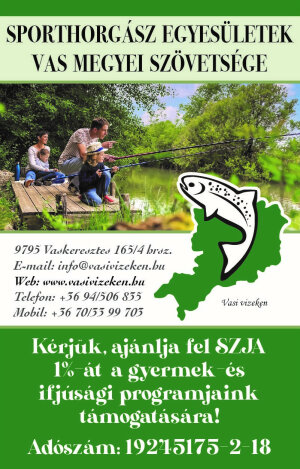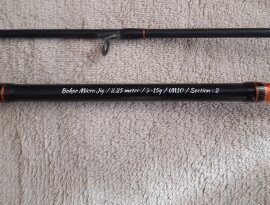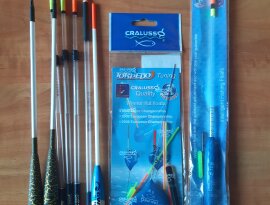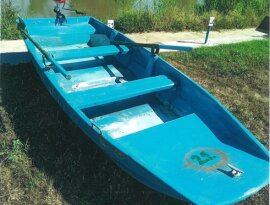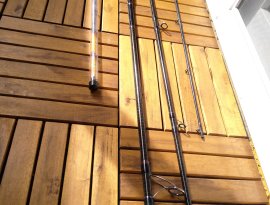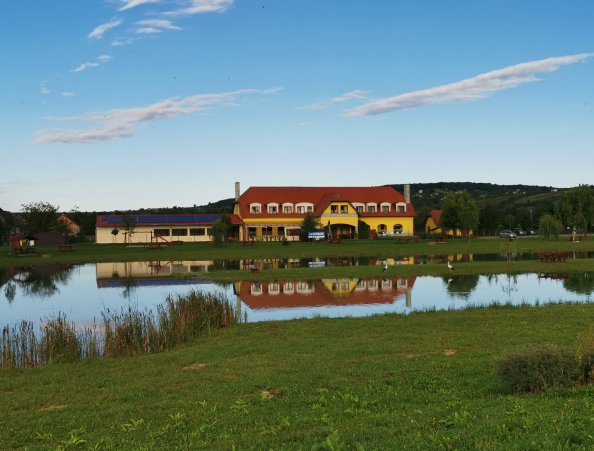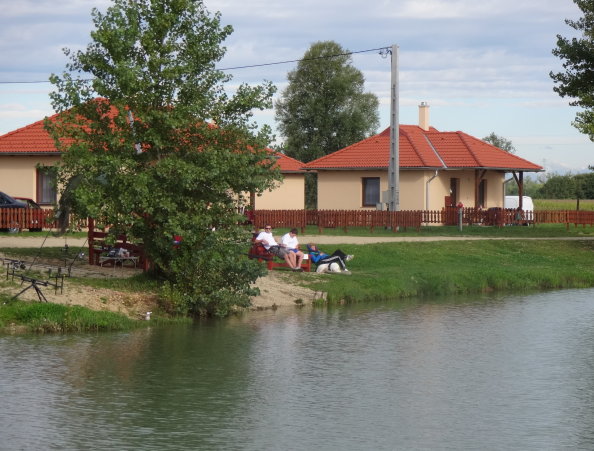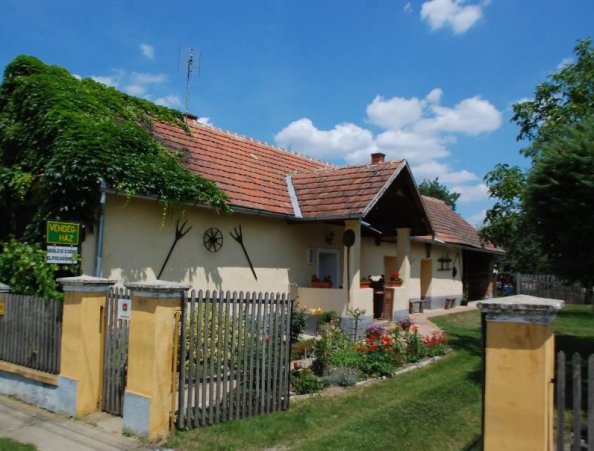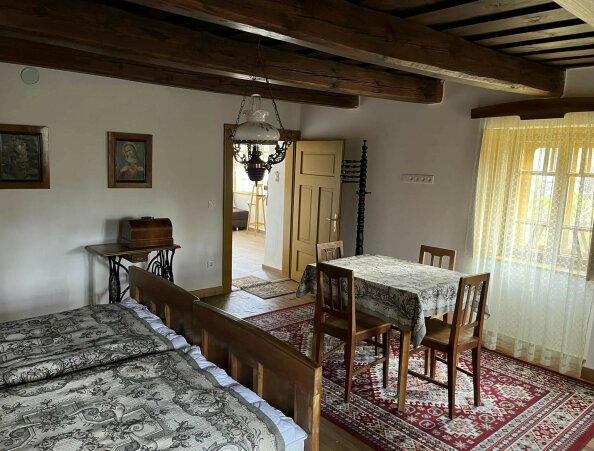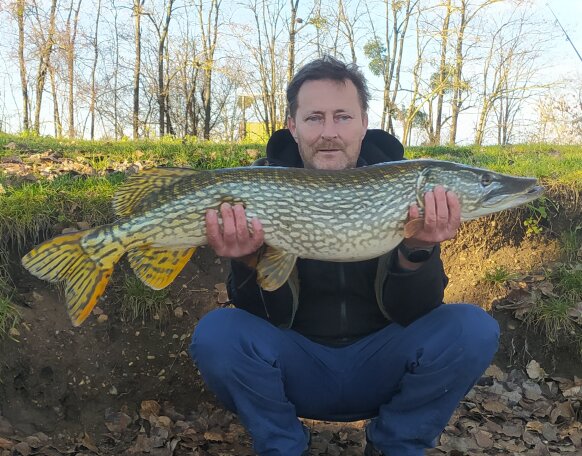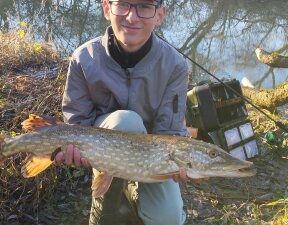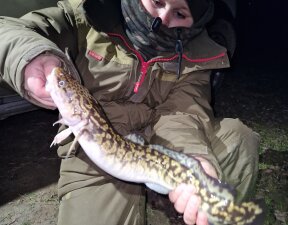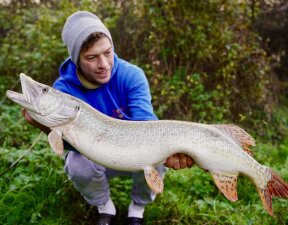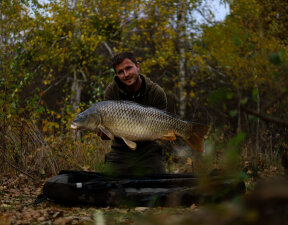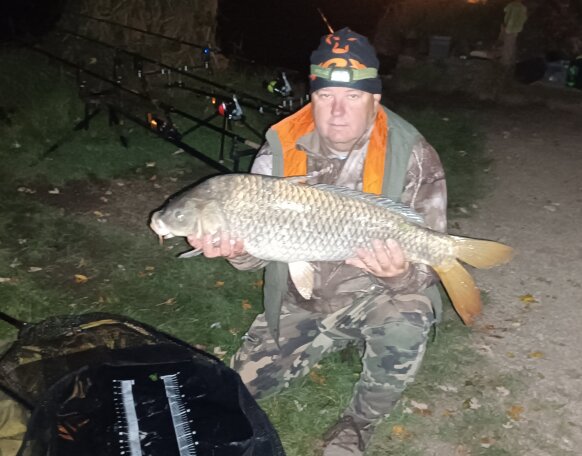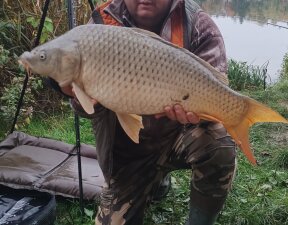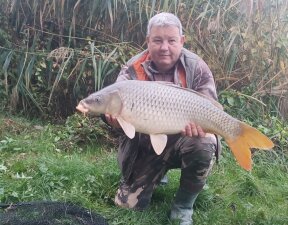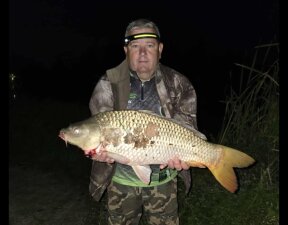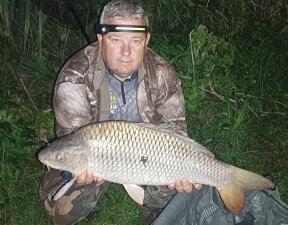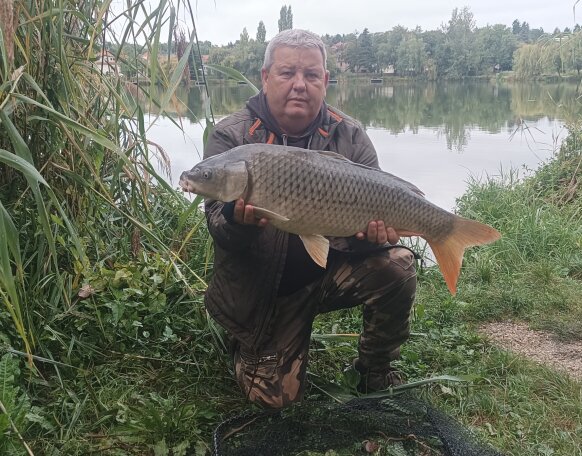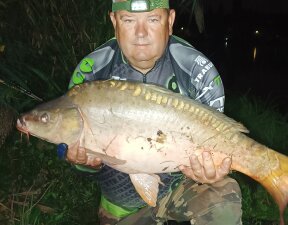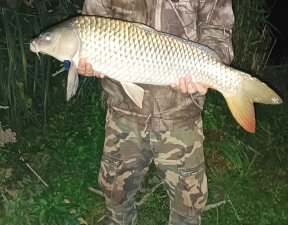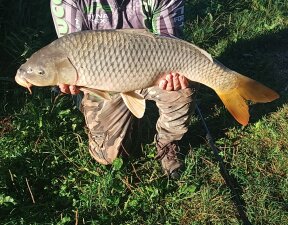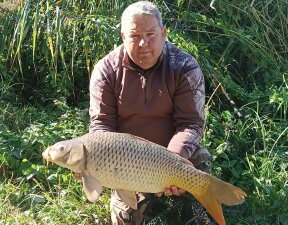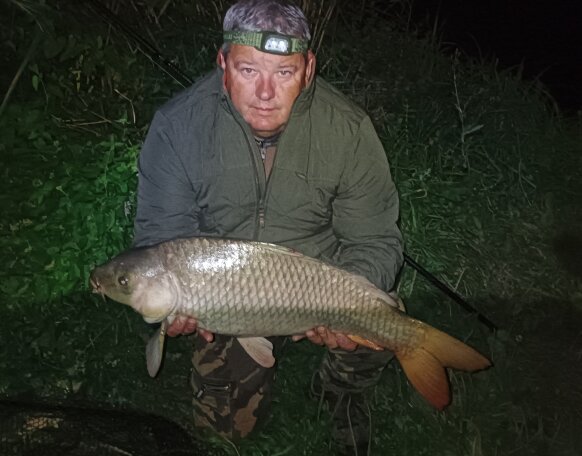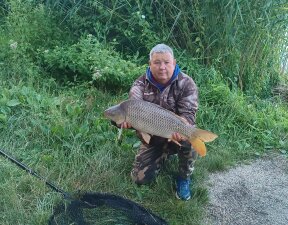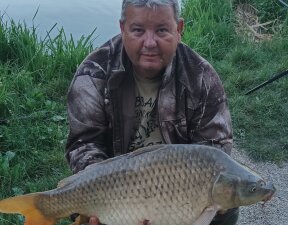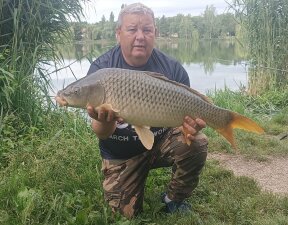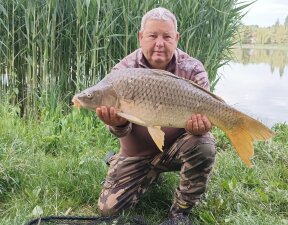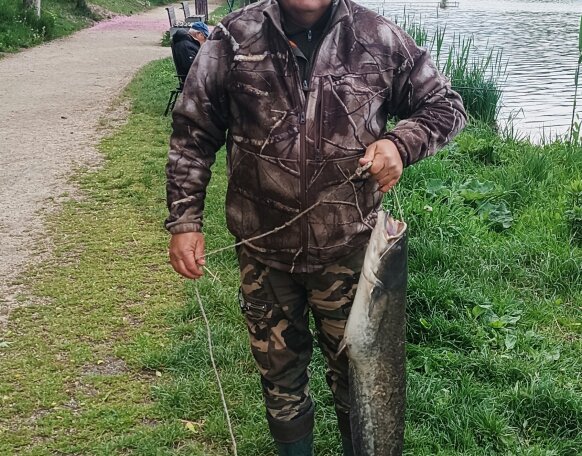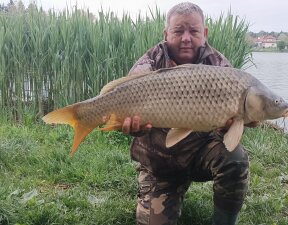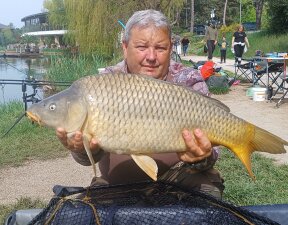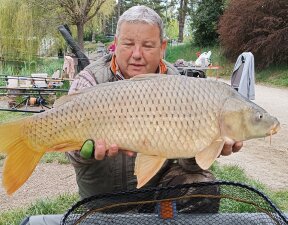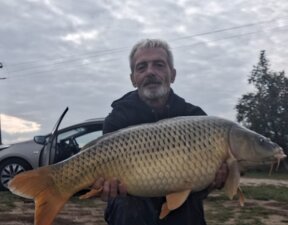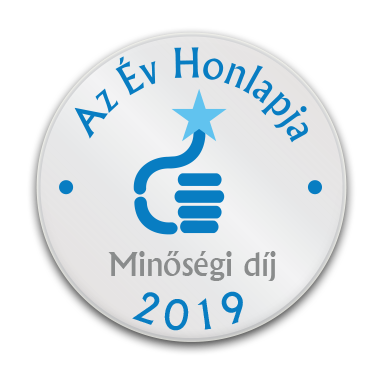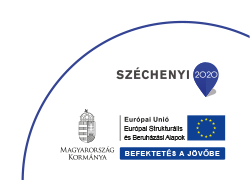Data collection on invasive mammal species
The following request has been received from the Őrség National Park Directorate, we ask our anglers to facilitate the work of nature conservation professionals with their data!
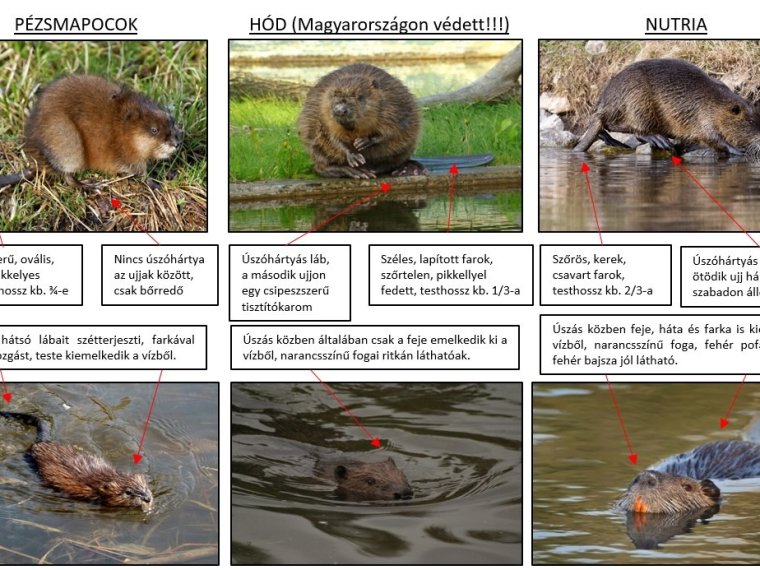
We would like to involve the people of Vas counties who are hiking and resting on the shores of the waters in our novel study of alien species. There are many hidden lifestyle species around us that require a lot of luck to see, so our staff often do not detect these animals unless they are searched for them in a targeted way. In addition to the highly protected otter, such are alien rodents from the American continent, nutria and muskrats.
Nutria is native to South America (Argentina, Bolivia, Brazil, Chile, Paraguay, Uruguay) and has been introduced to North America, Europe, Africa, and Asia for economic (primarily fur) purposes. Animals escaped from nutria farms created self-sustaining populations in the wild. Body length 40-45 centimeters, tail length almost the same; at an adult age, his body weight is around 7-9 kilograms.
Muskrats are native to North America. It was introduced to Europe because of its fur. His specimens first escaped from a settlement in the Czech Republic in 1905 - from here he gradually conquered Europe. It also has self-sustaining holdings in Austria, Belgium, Bulgaria, the Czech Republic, Estonia, Finland, France, the Netherlands, Poland, Latvia, Lithuania, Hungary, Germany, Italy, Romania, Sweden, Slovakia and Slovenia. A XX. It has been spreading since the beginning of the 19th century - by the 1950s, it was already widespread in Hungary in all suitable wetlands. It has a body length of 29 to 32 centimeters, a tail length of 20 to 25 centimeters and a body weight of around 600 to 1000 grams.
Nature conservation problems
They occur mainly near our permanent waters, around reeds and swamps, rivers, streams, lakes. They can cause significant damage to shorelines through their intensive plant consumption and the spread of certain parasites. While nutria can consume 25% of the plant's body weight per day, in muskrats it can be 30-40%, thus deteriorating the food competitors of our native species and the living conditions of many native species as a result of their activities.
In the area of operation of the Őrség National Park Directorate, we have little data on the occurrence of these species due to their hidden way of life, so we would like to ask for your help in discovering their occurrence. If you or a friend have seen nutria or muskrock in Vas County, please send the information to us by e-mail gabor.fera@onpi.hu or by calling +36 30 272 8986, indicating the location and the (approximate) date of the observation. (Gábor Fera, zoologist) by phone. Proof photos and videos are welcome.
Source:
http://www.invaziosfajok.hu/hu/invazios-fajok/63
http://www.invaziosfajok.hu/hu/invazios-fajok/115
http://www.invaziosfajok.hu/uploads/plant/nutria-5f4cc70ce2c4e.pdf
http://www.invaziosfajok.hu/uploads/plant/pezsmapocok-5f4cc8ad22398.pdf
HELP YOU DETECT THE IDENTIFICATION OF ALIEN INVASIVE RODENTS IN THE IRON COUNTY!
Thanks in advance for the help of our fishing teammates!



